After a dinner of fresh pears and protein bars, and an Amtrak bus ride, we arrived in Vancouver after dark. With zero expectations and zero Canadian dollars, we knew we were about to embark on an adventure a little bit different than our travels through Oregon and Washington.
While the nature in Vancouver was every bit as stunning as that near Portland and Seattle, it had something extra. With a different history, and an appreciation for aboriginal people, what really stood out was the culture.
 These aboriginal touches are visible all over town—in parks, museums, hotels and native art. Vancouver is the perfect place to escape while learning about a new place with a rich history.
These aboriginal touches are visible all over town—in parks, museums, hotels and native art. Vancouver is the perfect place to escape while learning about a new place with a rich history.
Native Art Vancouver
While there are many attractions in which to view native art, Vancouver’s own art hotel, Skwachàys Lodge is most unique. An artist residence as well as a hotel, guests are a mix of local aboriginal creatives and those passing through.
 One of the most impressive aspects of the lodge is the lobby gallery, filled with different types of native art. Vancouver artists sell everything from paintings and sculptures to West Coast formline-style greeting cards in the shop. This is one of the best places in Vancouver to find these types of pieces.
One of the most impressive aspects of the lodge is the lobby gallery, filled with different types of native art. Vancouver artists sell everything from paintings and sculptures to West Coast formline-style greeting cards in the shop. This is one of the best places in Vancouver to find these types of pieces.
But the best part about Skwachàys Lodge is that the aboriginal touches aren’t only in the gallery. The building’s architecture and design also incorporate native art. Vancouver has a stunning skyline, and although this lodge is little ways away, it is still impressive. A 40-foot totem pole sits atop the lodge, making it easy to identify. This special touch also stands as a symbol of the local culture and people.

Each room in the hotel was designed by a local artist, too. So rather than just having the art in the lobby, the rooms themselves are a work of art. Of the 18 rooms on the top three floors, we stayed in the Feather suite, which artist Richard Shorty designed. His black and red feather painting was located right at the top of the staircase.
An Eclectic Space
While in Vancouver, we had to make our way over to the University of British Columbia’s Museum of Anthropology. After a long bus ride and an even longer walk, we made it inside and began to explore. The entire walkway leading into the main exhibit hall told stories of aboriginal peoples and their way of life in the past.
 The main hall itself was filled with large-scale pieces like hand-carved totem poles, long canoes and painted wooden art pieces. The tall glass windows overlooking the pond outside let in plenty of light to see the detail.
The main hall itself was filled with large-scale pieces like hand-carved totem poles, long canoes and painted wooden art pieces. The tall glass windows overlooking the pond outside let in plenty of light to see the detail.
Another room examined other aspects of growing up as a native Canadian through videos with headphones revealing stories from those who experienced it firsthand. This room, too, featured hand-carved items as well as hand-made baskets.
 In addition to all of the native art, Vancouver artists and aboriginal history located in the museum, there were other cultures represented too. From swinging in hammocks in an exhibit dedicated to the Amazon to rooms filled with artifacts from everywhere from China to West Africa, there were so many cultural components that truly made it a great museum for learning and exploration.
In addition to all of the native art, Vancouver artists and aboriginal history located in the museum, there were other cultures represented too. From swinging in hammocks in an exhibit dedicated to the Amazon to rooms filled with artifacts from everywhere from China to West Africa, there were so many cultural components that truly made it a great museum for learning and exploration.
 The Great Outdoors
The Great Outdoors
Head just a little ways north to find Stanley Park, a large green space filled with trails to explore. But that isn’t the only reason to visit the park. It also has its own touch of aboriginal life, with its famous totem poles.
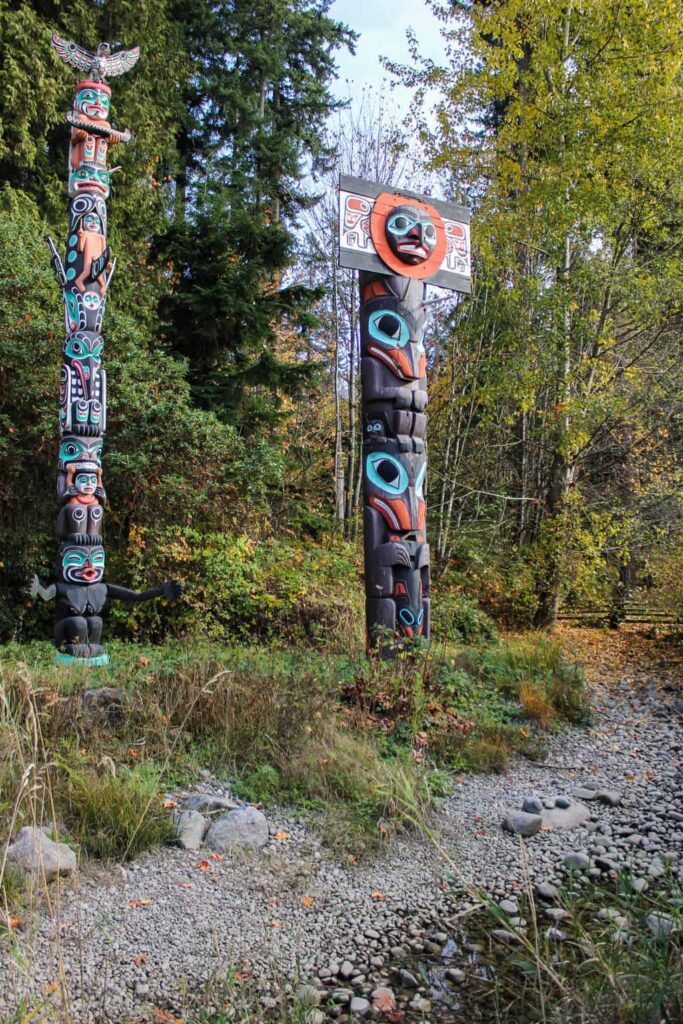 Not far from the walkway that runs along the harbor, there are nine of the artistic wooden structures. The most visited attraction in the city, these totem poles have been in the park since the 1920s and 30s. Though they were originally in a different area, they were relocated to Brockton Point in the 60s.
Not far from the walkway that runs along the harbor, there are nine of the artistic wooden structures. The most visited attraction in the city, these totem poles have been in the park since the 1920s and 30s. Though they were originally in a different area, they were relocated to Brockton Point in the 60s.
These powerful symbols of aboriginal culture also reveal an artistry that isn’t found in all types of carved food. The unique icons found within each have their own meanings, and reveal history about the family they were created for.
 Near the totem poles, a small shop sells an array of aboriginal arts & crafts as well. With so many pieces of native art, Vancouver’s Stanley Park is one of a kind, selling everything from jewelry to magnets with special meanings behind each one.
Near the totem poles, a small shop sells an array of aboriginal arts & crafts as well. With so many pieces of native art, Vancouver’s Stanley Park is one of a kind, selling everything from jewelry to magnets with special meanings behind each one.
Should I ever return to Vancouver, I hope to delve even deeper into the historical relevance of the city and the aboriginal people that have long called it home.

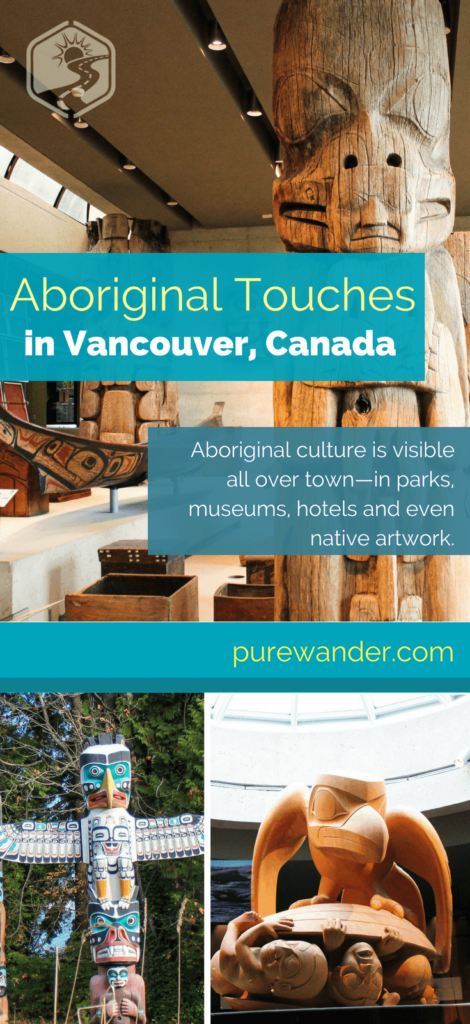 Have you ever been to Vancouver? Did you see any other places with traces of aboriginal culture? What other countries have you been to that have a wealth of indigenous culture and art?
Have you ever been to Vancouver? Did you see any other places with traces of aboriginal culture? What other countries have you been to that have a wealth of indigenous culture and art?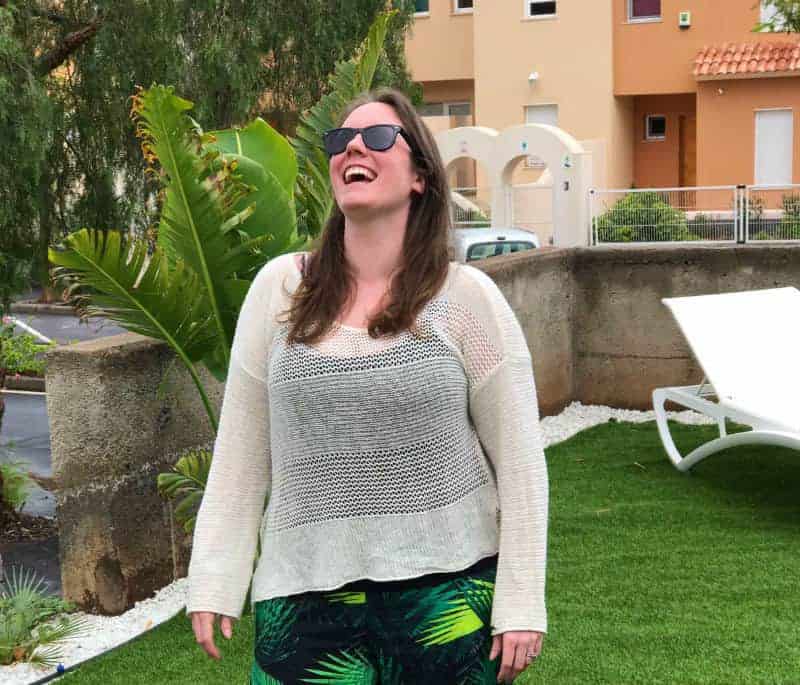
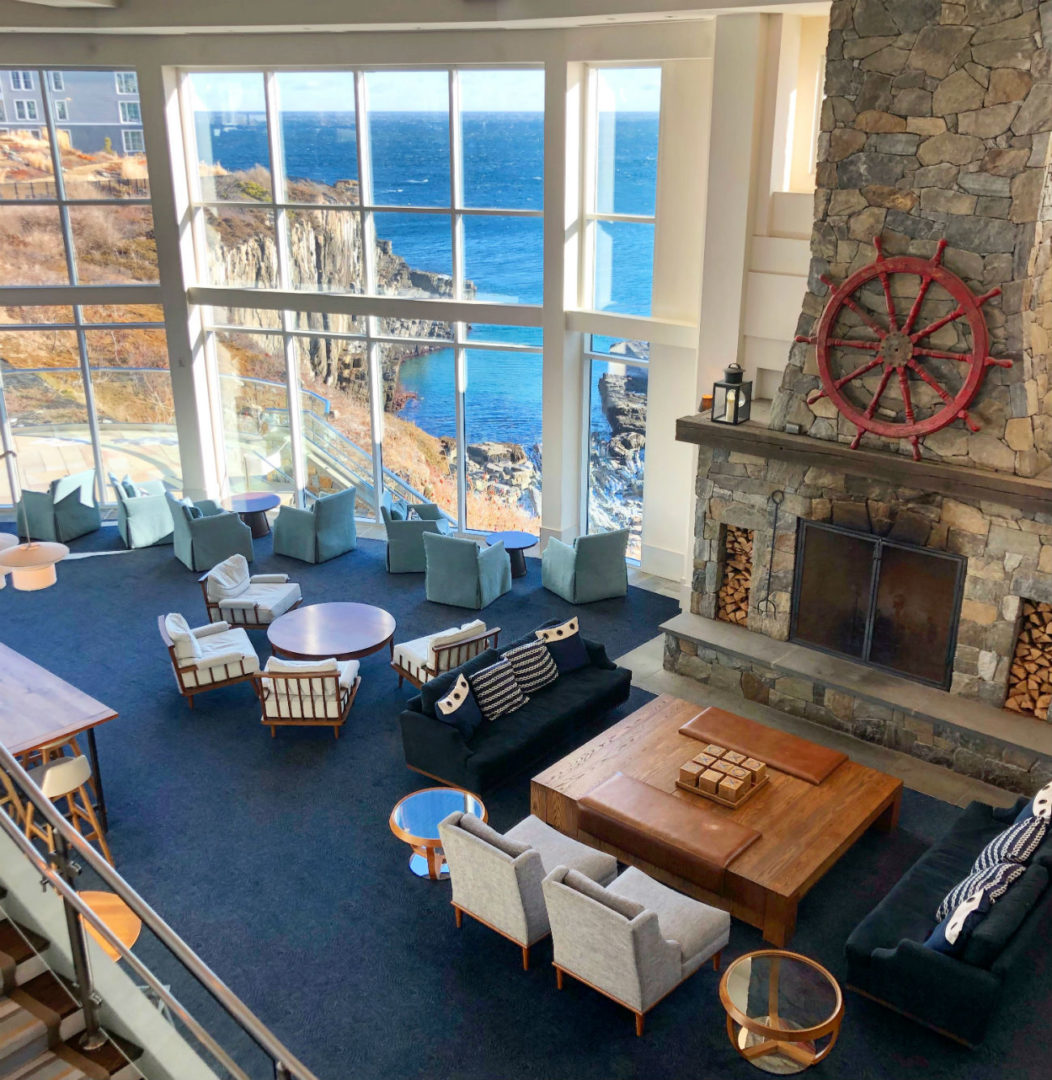
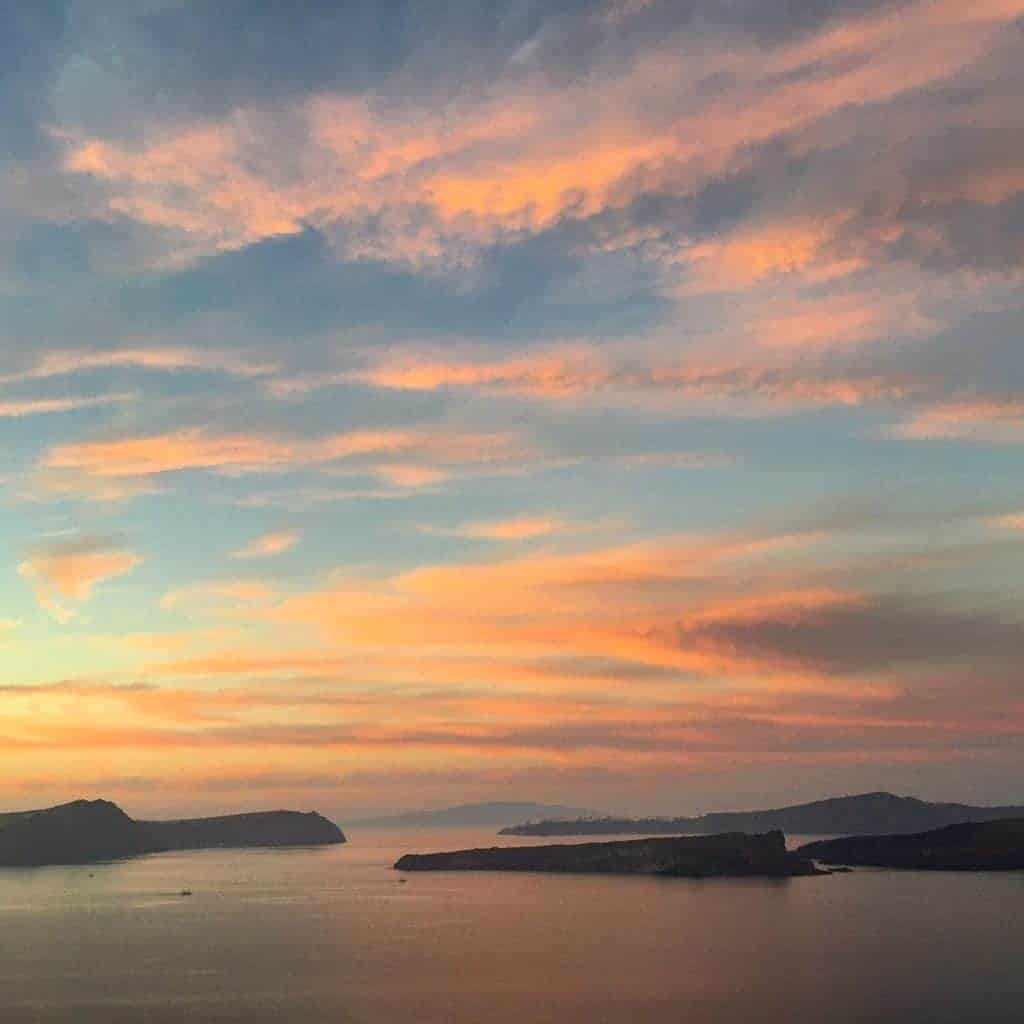
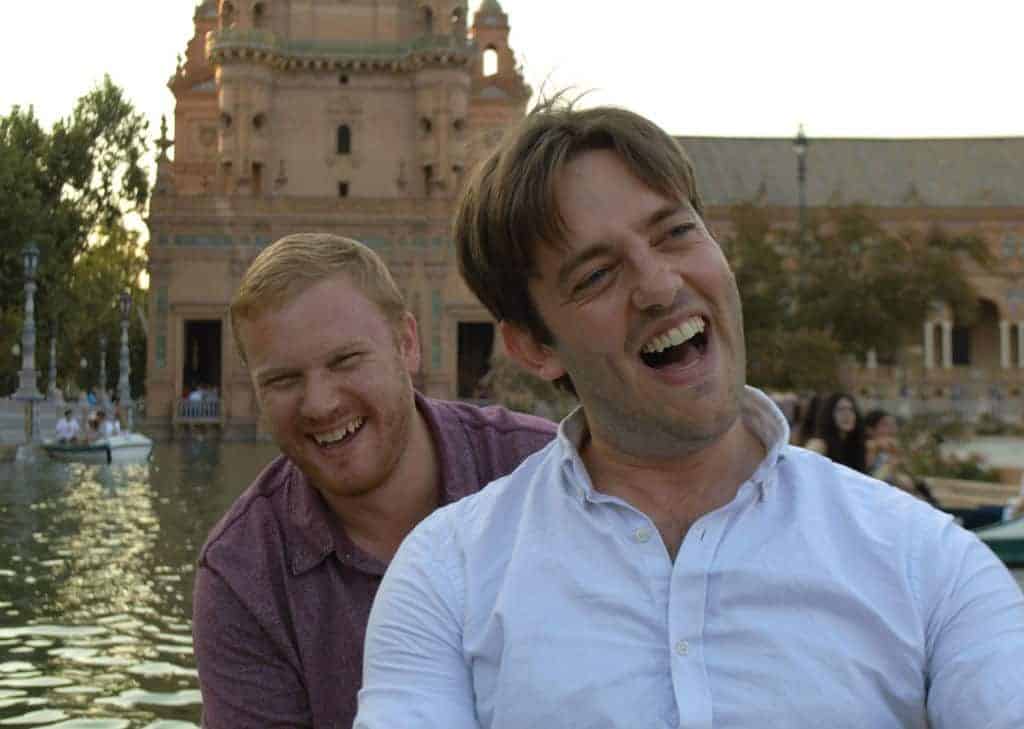
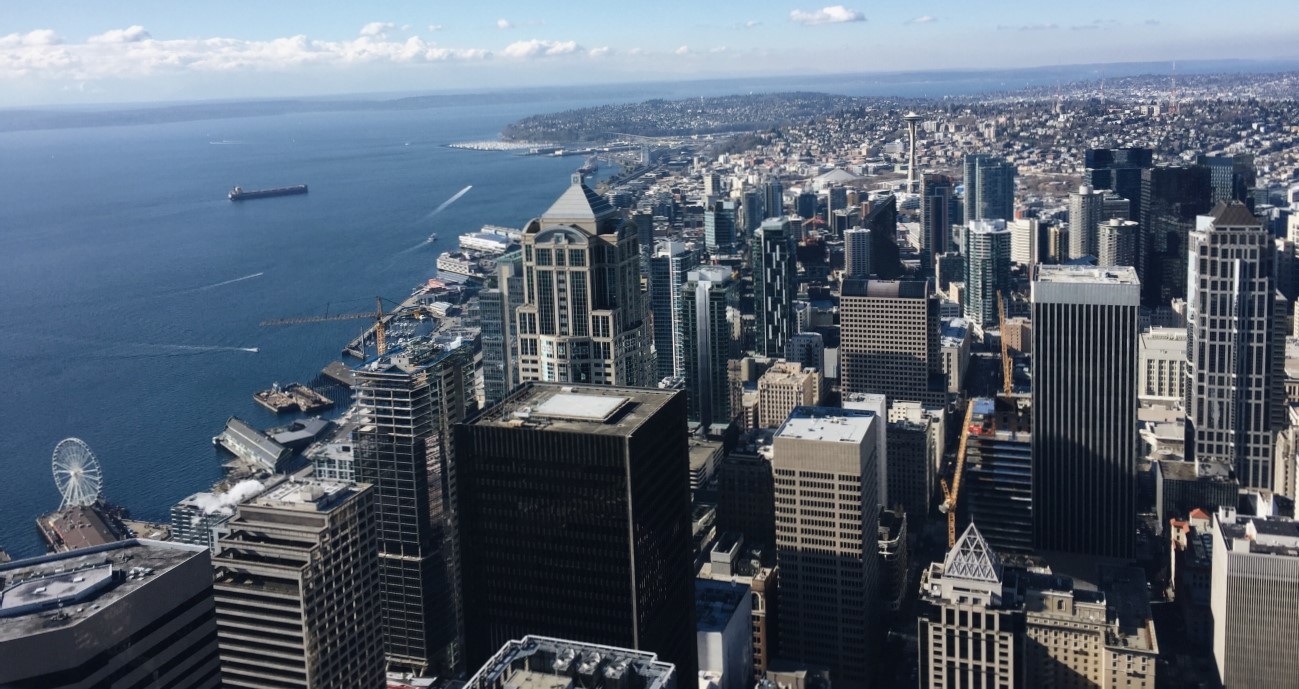
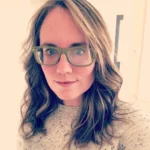
 Pro traveling hot mess for 20 yrs
Pro traveling hot mess for 20 yrs  Travel guides w/ fam & friends
Travel guides w/ fam & friends

 Global itineraries
Global itineraries 









 permi
permi


 I’m Eileen, a seasoned travel writ
I’m Eileen, a seasoned travel writ
 Stop planning every single second of your nex
Stop planning every single second of your nex




 #ichreela
#ichreela
 )BIG PURE WANDER ANNOUNCEMENT! Fi
)BIG PURE WANDER ANNOUNCEMENT! Fi

Join the discussion One Comment